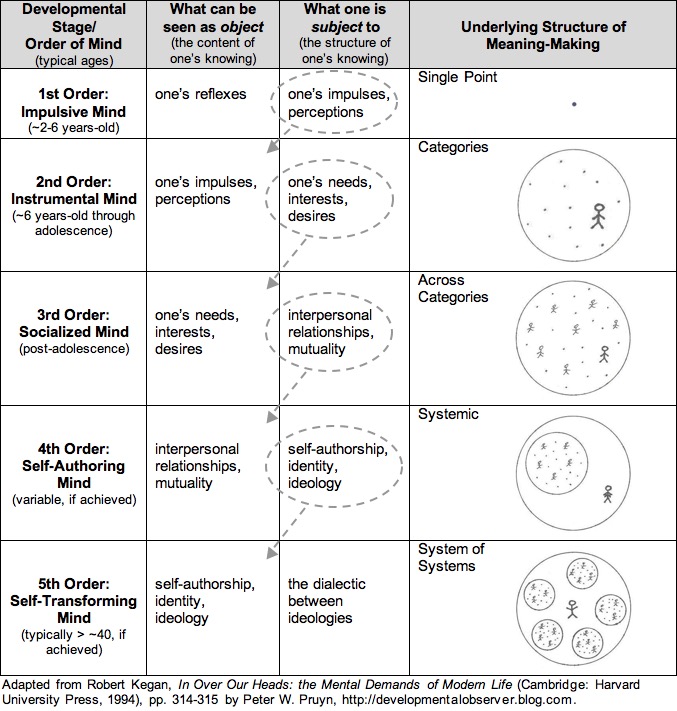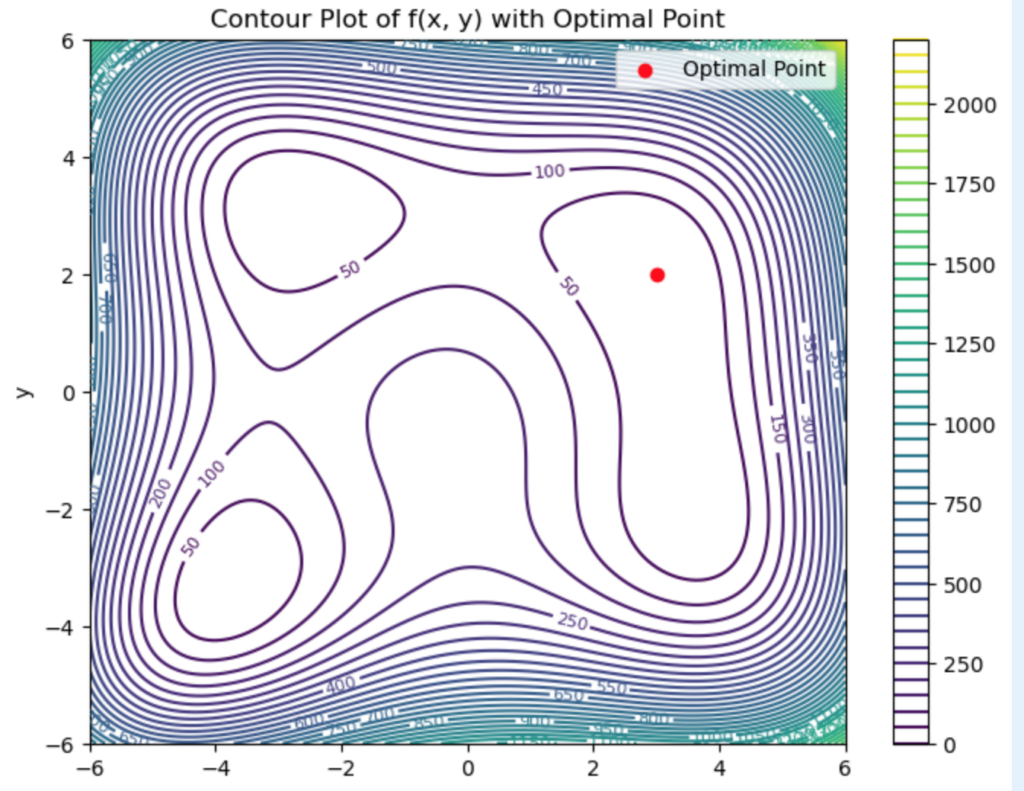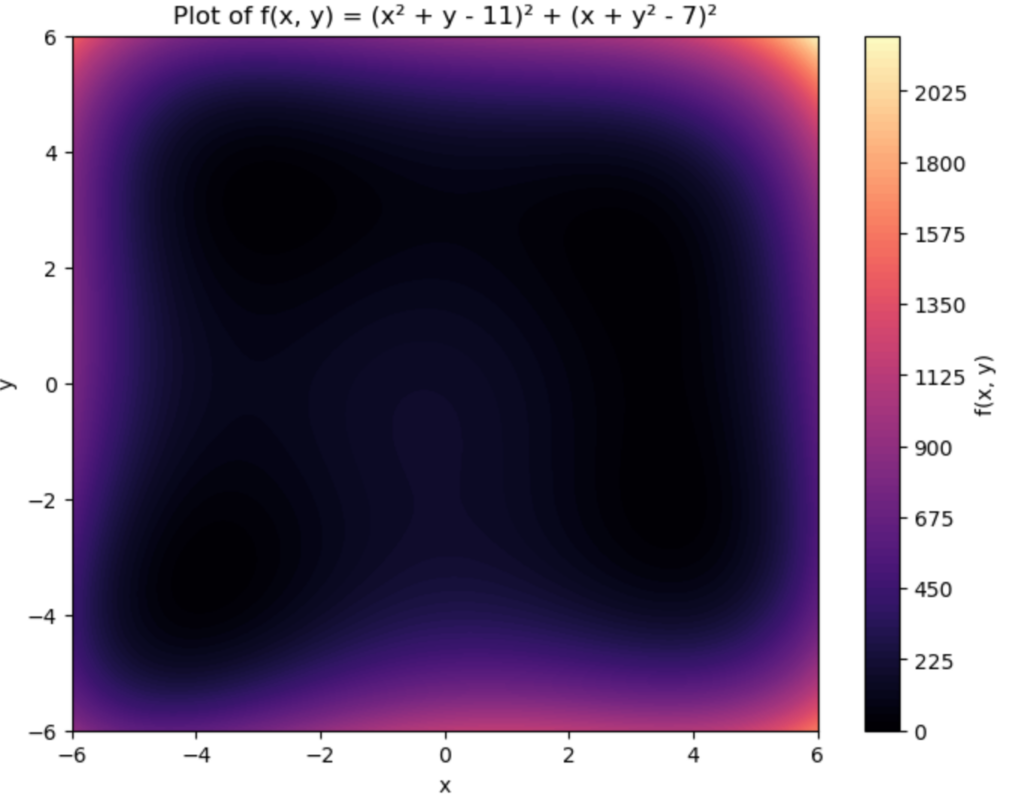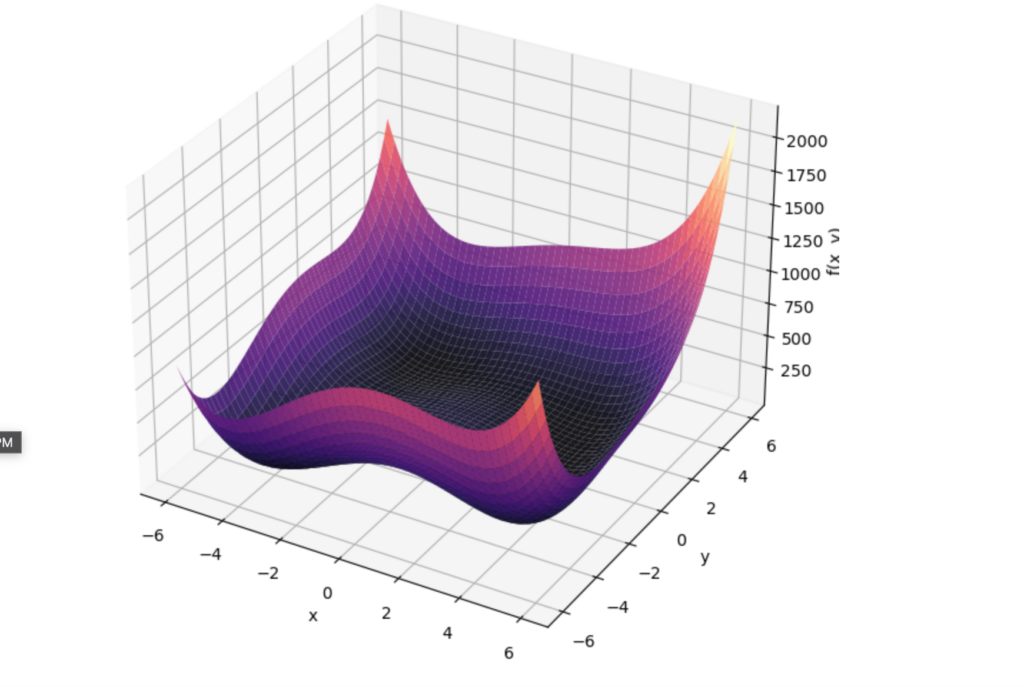
OpenAI’s Idea Of A Computer Loving The Sunset
Sometimes I tell sky our story. I dont have to say a word. Words are useless in the cosmos; words are useless and absurd.
~ Jess Welles
First, i trust everyone is safe. Second, i am going to write about something that is evolving extremely quickly and we are moving into a world some are calling context engineering. This is beyond prompt engineering. Instead of this just being mainly a python based how-to use a library, i wanted to do some math and some business modeling, thus the name of the blog.
So the more i thought about this i was thinking in terms of how our world is now tokenized. (Remember the token economy ala the word that shall not be named BLOCKCHAIN. Ok, i said it much like saying CandyMan in the movie CandyMan except i dont think anyone will show up if you say blockchain five times).
The old days of crafting clever prompts are fading fast, some say prompting is obsolete. The future isn’t about typing the perfect input; it’s about engineering the entire context in which AI operates and feeding that back into the evolving system. This shift is a game-changer, moving us from toy demos to real-world production systems where AI can actually deliver on scale.
Prompt Engineering So Last Month
Think about it: prompts might dazzle in a controlled demo, but they crumble when faced with the messy reality of actual work. Most AI agents don’t fail because their underlying models are weak—they falter because they don’t see enough of the window and aperture, if you will, is not wide enough. They lack the full situational awareness needed to navigate complex tasks. That’s where context engineering steps in as the new core skill, the backbone of getting AI to handle real jobs effectively.
Words Have Meanings.
~ Dr. Mathew Aldridge
So, what does context engineering mean? It’s a holistic approach to feeding AI the right information at the right time, beyond just a single command. It starts with system prompts that shape the agent’s behavior and voice, setting the tone for how it responds. Then there’s user intent, which frames the actual goalnot just what you ask, but why you’re asking it. Short-term memory keeps multi-step logic and dialogue history alive, while long-term memory stores facts, preferences, and learnings for consistency. Retrieval-Augmented Generation (RAG) pulls in relevant data from APIs, databases, and documents, ensuring the agent has the latest context. Tool availability empowers agents to act not just answer by letting them execute tasks. Finally, structured outputs ensure responses are usable, cutting the fluff and delivering actionable results.
Vertically Trained Horizontally Chained
This isn’t theory; platforms like LangChain and Anthropic are already proving it at scale. They split complex tasks into sub-agents, each with a focused context window to avoid overload. Long chats get compressed via summarization, keeping token limits in check. Sandboxed environments isolate heavy state, preventing crashes, while memory is managed with embeddings, scratchpads, and smart retrieval systems. LangGraph orchestrates these agents with fine-grained control, and LangSmith’s tracing and testing tools evaluate every context tweak, ensuring reliability. It’s a far cry from the old string-crafting days of prompting.
Prompting involved crafting a response with a well-worded sentence. Context engineering is the dynamic design of systems, building full-stack pipelines that provide AI with the right input when it matters. This is what turns a flashy demo into a production-ready product. The magic happens not in the prompt, but in the orchestrated context that surrounds it. As we move forward, mastering this skill will distinguish innovators from imitators, enabling AI to solve real-world problems with precision and power. People will look at you quizzically. In this context, tokens are the food for Large Language Models and are orthogonal to tokens in a blockchain economy.
Slide The Transformers
Which brings us to the evolution of long-context transformers, examining key players, technical concepts, and business implications. NOTE: Even back in the days of the semantic web it was about context.
Foundation model development has entered a new frontier not just of model size, but of memory scale. We’re witnessing the rise of long-context transformers: architectures capable of handling hundreds of thousands and even millions of tokens in a single pass.
This shift is not cosmetic; it alters the fundamental capabilities and business models of LLM platforms. First, i’ll analyze the major players, their long-term strategies, and then we will run through some mathematical architecture powering these transformations. Finally getting down to the Snake Language on basic function implementations for very simple examples.
| Company | Model | Max Context Length | Transformer Variant | Notable Use Case |
|---|---|---|---|---|
| Gemini 1.5 Pro | 2M tokens | Mixture-of-Experts + RoPE | Context-rich agent orchestration | |
| OpenAI | GPT-4 Turbo | 128k tokens | LLM w/ windowed attention | ChatGPT + enterprise workflows |
| Anthropic | Claude 3.5 Sonnet | 200k tokens | Constitutional Sparse Attention | Safety-aligned memory agents |
| Magic.dev | LTM-2-Mini | 100M tokens | Segmented Recurrence w/ Cache | Codebase-wide comprehension |
| Meta | Llama 4 Scout | 10M tokens | On-device, efficient RoPE | Edge + multimodal inference |
| Mistral | Mistral Large 2 | 128k tokens | Sliding Window + Local Attention | Generalist LLM APIs |
| DeepSeek | DeepSeek V3 | 128k tokens | Block Sparse Transformer | Multilingual document parsing |
| IBM | Granite Code/Instruct | 128k tokens | Optimized FlashAttention-2 | Code generation & compliance |
The Matrix Of The Token Grid Arms Race
Redefining Long Context
Here is my explanation and blurb that i researched on each of these:
- Google – Gemini 1.5 Pro (2M tokens, Mixture-of-Experts + RoPE)
Google’s Gemini 1.5 Pro is a heavyweight, handling 2 million tokens with a clever mix of Mixture-of-Experts and Rotary Positional Embeddings. It shines in context-rich agent orchestration, seamlessly managing complex, multi-step tasks across vast datasets—perfect for enterprise-grade automation. - OpenAI – GPT-4 Turbo (128k tokens, LLM w/ windowed attention)
OpenAI’s GPT-4 Turbo packs 128k tokens into a windowed attention framework, making it a go-to for ChatGPT and enterprise workflows. Its strength lies in balancing performance and accessibility, delivering reliable responses for business applications with moderate context needs. - Anthropic – Claude 3.5 Sonnet (200k tokens, Constitutional Sparse Attention)
Anthropic’s Claude 3.5 Sonnet offers 200k tokens with Constitutional Sparse Attention, prioritizing safety and alignment. It’s a standout for memory agents, ensuring secure, ethical handling of long conversations—a boon for sensitive industries like healthcare or legal. - Magic.dev – LTM-2-Mini (100M tokens, Segmented Recurrence w/ Cache)
Magic.dev’s LTM-2-Mini pushes the envelope with 100 million tokens, using Segmented Recurrence and caching for codebase-wide comprehension. This beast is ideal for developers, retaining entire project histories to streamline coding and debugging at scale. - Meta – Llama 4 Scout (10M tokens, On-device, efficient RoPE)
Meta’s Llama 4 Scout brings 10 million tokens to the edge with efficient RoPE, designed for on-device use. Its multimodal inference capability makes it a favorite for privacy-focused applications, from smart devices to defense systems, without cloud reliance. - Mistral – Mistral Large 2 (128k tokens, Sliding Window + Local Attention)
Mistral Large 2 handles 128k tokens with Sliding Window and Local Attention, offering a versatile generalist LLM API. It’s a solid choice for broad applications, providing fast, efficient responses for developers and businesses alike. - DeepSeek – DeepSeek V3 (128k tokens, Block Sparse Transformer)
DeepSeek V3 matches 128k tokens with a Block Sparse Transformer, excelling in multilingual document parsing. Its strength lies in handling diverse languages and formats, making it a go-to for global content analysis and translation tasks. - IBM – Granite Code/Instruct (128k tokens, Optimized FlashAttention-2)
IBM’s Granite Code/Instruct leverages 128k tokens with Optimized FlashAttention-2, tailored for code generation and compliance. It’s a powerhouse for technical workflows, ensuring accurate, regulation-aware outputs for developers and enterprises.
Each of these companies is carving out their own window of context and capabilities for the tokens arms race. So what are some of the basic mathematics at work here for long context?
i’ll integrate Python code to illustrate key architectural ideas (RoPE, Sparse Attention, MoE, Sliding Window) and business use cases (MaaS, Agentic Platforms), using libraries like NumPy, PyTorch, and a mock agent setup. These examples will be practical and runnable in a Jupyter environment.
Rotary Positional Embeddings (RoPE) Extensions
Rotary Positional Embeddings (RoPE) is a technique for incorporating positional information into Transformer-based Large Language Models (LLMs). Unlike traditional methods that add positional vectors, RoPE encodes absolute positions with a rotation matrix and explicitly includes relative position dependency within the self-attention mechanism. This approach enhances the model’s ability to handle longer sequences and better understand token interactions across larger contexts.
The core idea behind RoPE involves rotating the query and key vectors within the attention mechanism based on their positions in the sequence. This rotation encodes positional information and affects the dot product between query and key vectors, which is crucial for attention calculations.
To allow for arbitrarily long context, models generalize RoPE using scaling factors and interpolation. Here is the set of basic equations:
![]()
where ![]() , extended by interpolation.
, extended by interpolation.
Here is some basic code implementing this process:
import numpy as np
import torch
def apply_rope(input_seq, dim=768, max_seq_len=1000000):
"""
Apply Rotary Positional Embeddings (RoPE) to input sequence.
Args:
input_seq (torch.Tensor): Input tensor of shape (batch_size, seq_len, dim)
dim (int): Model dimension (must be even)
max_seq_len (int): Maximum sequence length for precomputing positional embeddings
Returns:
torch.Tensor: Input with RoPE applied, same shape as input_seq
"""
batch_size, seq_len, dim = input_seq.shape
assert dim % 2 == 0, "Dimension must be even for RoPE"
# Compute positional frequencies for half the dimension
theta = 10000 ** (-2 * np.arange(0, dim//2, 1) / (dim//2))
pos = np.arange(seq_len)
pos_emb = pos[:, None] * theta[None, :]
pos_emb = np.stack([np.cos(pos_emb), np.sin(pos_emb)], axis=-1) # Shape: (seq_len, dim//2, 2)
pos_emb = torch.tensor(pos_emb, dtype=torch.float32).view(seq_len, -1) # Shape: (seq_len, dim)
# Reshape and split input for RoPE
x = input_seq # Keep original shape (batch_size, seq_len, dim)
x_reshaped = x.view(batch_size, seq_len, dim//2, 2).transpose(2, 3) # Shape: (batch_size, seq_len, 2, dim//2)
x_real = x_reshaped[:, :, 0, :] # Real part, shape: (batch_size, seq_len, dim//2)
x_imag = x_reshaped[:, :, 1, :] # Imaginary part, shape: (batch_size, seq_len, dim//2)
# Expand pos_emb for batch dimension and apply RoPE
pos_emb_expanded = pos_emb[None, :, :].expand(batch_size, -1, -1) # Shape: (batch_size, seq_len, dim)
out_real = x_real * pos_emb_expanded[:, :, ::2] - x_imag * pos_emb_expanded[:, :, 1::2]
out_imag = x_real * pos_emb_expanded[:, :, 1::2] + x_imag * pos_emb_expanded[:, :, ::2]
# Combine and reshape back to original
output = torch.stack([out_real, out_imag], dim=-1).view(batch_size, seq_len, dim)
return output
# Mock input sequence (batch_size=1, seq_len=5, dim=4)
input_tensor = torch.randn(1, 5, 4)
rope_output = apply_rope(input_seq=input_tensor, dim=4, max_seq_len=5)
print("RoPE Output Shape:", rope_output.shape)
print("RoPE Output Sample:", rope_output[0, 0, :]) # Print first token's outputYou should have get the following output:
RoPE Output Shape: torch.Size([1, 5, 4])
RoPE Output Sample: tensor([ 0.6517, -0.6794, -0.4551, 0.3666])The shape verifies the function’s dimensional integrity, ensuring it’s ready for downstream tasks. The sample gives a glimpse into the transformed token, showing RoPE’s effect. You can compare it to the raw input_tensor[0, 0, :] tto see the rotation (though exact differences depend on position and frequency).see the rotation (though exact differences depend on position and to see the rotation (though exact differences depend on position and frequency).
Sparse Attention Mechanisms:
Sparse attention mechanisms are techniques used in transformer models to reduce computational cost by focusing on a subset of input tokens during attention calculations, rather than considering all possible token interactions. This selective attention process enhances efficiency and allows models to handle longer sequences, making them particularly useful for natural language processing tasks like translation and summarization.
In standard self-attention mechanisms, each token in an input sequence attends to every other token, resulting in a computational complexity that scales quadratically with the sequence length ![]() . For long sequences, this becomes computationally expensive. Sparse attention addresses this by selectively attending to a subset of tokens, reducing the computational burden. Complexity drops from
. For long sequences, this becomes computationally expensive. Sparse attention addresses this by selectively attending to a subset of tokens, reducing the computational burden. Complexity drops from ![]() to
to ![]() or better using block or sliding windows.
or better using block or sliding windows.
Sparse attention mechanisms achieve this reduction in computation by reducing the number of interactions instead of computing attention scores for all possible token pairs, sparse attention focuses on a smaller, selected set of tokens. The downside is by focusing on a subset of tokens, sparse attention may potentially discard some relevant information, which could negatively impact performance on certain tasks. Also it gets more complex code-wise.
This is mock implementation using pytorch.
import torch
import torch.nn.functional as F
def sparse_attention(q, k, v, window_size=3):
batch, num_heads, seq_len, head_dim = q.shape
attn_scores = torch.matmul(q, k.transpose(-2, -1)) / (head_dim ** 0.5)
# Apply sliding window mask
mask = torch.triu(torch.ones(seq_len, seq_len), diagonal=1-window_size).bool()
attn_scores.masked_fill_(mask, float('-inf'))
attn_weights = F.softmax(attn_scores, dim=-1)
return torch.matmul(attn_weights, v)
# Mock query, key, value tensors (batch=1, heads=2, seq_len=6, dim=4)
q = torch.randn(1, 2, 6, 4)
k = torch.randn(1, 2, 6, 4)
v = torch.randn(1, 2, 6, 4)
output = sparse_attention(q, k, v, window_size=3)
print("Sparse Attention Output Shape:", output.shape)This should just print out the shape:
Sparse Attention Output Shape: torch.Size([1, 2, 6, 4])The sparse_attention function implements a simplified attention mechanism with a sliding window mask, mimicking sparse attention patterns used in long-context transformers. It takes query (q), key (k), and value (v) tensors, computes attention scores, applies a mask to limit the attention window, and returns the weighted output. The shape torch.Size([1, 2, 6, 4]) indicates that the output tensor has the same structure as the input v tensor. This is expected because the attention mechanism computes a weighted sum of the value vectors based on the attention scores derived from q and k. The sliding window mask (defined by window_size=3) restricts attention to the current token and the previous 2 tokens (diagonal offset of 1-window_size), but it doesn’t change the output shape it only affects which scores contribute to the weighting. The output retains the full sequence length and head structure, ensuring compatibility with downstream layers in a transformer model. This shape signifies that for each of the 1 batch, 2 heads, and 6 tokens, the output is a 4-dimensional vector, representing the attended features after the sparse attention operation.
Mixture-of-Experts (MoE) + Routing
Mixture-of-Experts (MoE) is a machine learning technique that utilizes multiple specialized neural networks, called “experts,” along with a routing mechanism to process input data. The router, a gating network, determines which experts are most relevant for a given input and routes the data accordingly, activating only those specific experts. This approach allows for increased model capacity and computational efficiency, as only a subset of the model needs to be activated for each input.
Key Components:
- Experts: These are individual neural networks, each trained to be effective at processing specific types of data or patterns. They can be simple feedforward networks, or even more complex structures.
- Routing/Gating Network:This component acts as a dispatcher, deciding which experts are most appropriate for a given input. It typically uses a learned weighting or probability distribution to select the experts.
This basic definition activates a sparse subset of experts:
![Rendered by QuickLaTeX.com \[\text{MoE}(x) = \sum_{i=1}^k g_i(x) \cdot E_i(x)\]](https://www.tedtanner.org/wp-content/ql-cache/quicklatex.com-0192f60a77fdd25f25e0f5f24fdd9e45_l3.png)
(Simulating MoE with 2 of 4 experts):
import torch
import torch.nn as nn
class MoE(nn.Module):
def __init__(self, num_experts=4, top_k=2):
super().__init__()
self.experts = nn.ModuleList([nn.Linear(4, 4) for _ in range(num_experts)])
self.gate = nn.Linear(4, num_experts)
self.top_k = top_k
def forward(self, x):
scores = self.gate(x) # (batch, num_experts)
_, top_indices = scores.topk(self.top_k, dim=-1) # Select top 2 experts
output = torch.zeros_like(x)
for i in range(x.shape[0]):
for j in top_indices[i]:
output[i] += self.experts[j](x[i])
return output / self.top_k
# Mock input (batch=2, dim=4)
x = torch.randn(2, 4)
moe = MoE(num_experts=4, top_k=2)
moe_output = moe(x)
print("MoE Output Shape:", moe_output.shape)This should give you the output:
MoE Output Shape: torch.Size([2, 4])The shape torch.Size([2, 4]) indicates that the output tensor has the same batch size and dimension as the input tensor x. This is expected because the MoE applies a linear transformation from each selected expert (all outputting 4-dimensional vectors) and averages them, maintaining the input’s feature space. The Mixture-of-Experts mechanism works by:
- Computing scores via
self.gate(x), producing a (2, 4) tensor that’s transformed to (2, num_experts) (i.e., (2, 4)). - Selecting the top_k=2 experts per sample using topk, resulting in indices for the 2 best experts out of 4.
- Applying each expert’s nn.Linear(4, 4) to the
input x[i], summing the outputs, and dividing bytop_kto normalize the contribution.
The output represents the averaged transformation of the input by the two most relevant experts for each sample, tailored to the input’s characteristics as determined by the gating function.
Sliding Window + Recurrence for Locality
While A context window in an AI model refers to the amount of information (tokens in text) it can consider at any one time. The Locality emphasizes the importance of data points that are close together in a sequence. In many applications, recent information is more relevant than older information. For example, in conversations, recent dialogue contributes most to a coherent response. The importance of that addition lies in effectively handling long contexts in large language models (LLMs) and optimizing inference. Strategies involve splitting the context into segments and managing the Key-Value (KV) cache using data structures like trees.
Segmenting Context: For very long inputs, the entire context might not fit within the model’s memory or process efficiently as a single unit. Therefore, the context can be divided into smaller, manageable segments or chunks.
KV Cache: During LLM inference, the KV cache stores previously computed “keys” and “values” for tokens in the input sequence. This avoids recomputing attention mechanisms for already processed tokens, speeding up the generation process ergo the terminology.
This code splits context into segments with KV cache trees.
import torch
def sliding_window_recurrence(input_seq, segment_size=3, cache_size=2):
"""
Apply sliding window recurrence with caching.
Args:
input_seq (torch.Tensor): Input tensor of shape (batch_size, seq_len, dim)
segment_size (int): Size of each segment
cache_size (int): Size of the cache
Returns:
torch.Tensor: Output with recurrence applied
"""
batch_size, seq_len, dim = input_seq.shape
output = []
# Initialize cache with batch dimension
cache = torch.zeros(batch_size, cache_size, dim) # Shape: (batch_size, cache_size, dim)
for i in range(0, seq_len, segment_size):
segment = input_seq[:, i:i+segment_size] # Shape: (batch_size, segment_size, dim)
# Ensure cache and segment dimensions align
if segment.size(1) < segment_size and i + segment_size <= seq_len:
segment = torch.cat([segment, torch.zeros(batch_size, segment_size - segment.size(1), dim)], dim=1)
# Mock recurrence: combine with cache
combined = torch.cat([cache, segment], dim=1)[:, -segment_size:] # Take last segment_size
output.append(combined)
# Update cache with the last cache_size elements
cache = torch.cat([cache, segment], dim=1)[:, -cache_size:]
return torch.cat(output, dim=1)
# Mock input (batch=1, seq_len=6, dim=4)
input_tensor = torch.randn(1, 6, 4)
recurrent_output = sliding_window_recurrence(input_tensor, segment_size=3, cache_size=2)
print("Recurrent Output Shape:", recurrent_output.shape)The output should be:
Recurrent Output Shape: torch.Size([1, 6, 4])The shape torch.Size([1, 6, 4]) indicates that the output tensor has the same structure as the input tensor input_tensor. This is intentional, as the function aims to process the entire sequence while applying a recurrent mechanism. Sliding Window Process:
- The input sequence (length 6) is split into segments of size 3. With seq_len=6 and segment_size=3, there are 2 full segments (indices 0:3 and 3:6).
- Each segment is combined with a cache (size 2) using torch.cat, and the last segment_size elements are kept (e.g., (2+3)=5 elements, sliced to 3).
- The loop runs twice, appending segments and
torch.cat(output, dim=1)reconstructs the full sequence length of 6.
For the Recurrence Effect the cache (initialized as (1, 2, 4)) carries over information from previous segments, mimicking a recurrent neural network’s memory. The output at each position reflects the segment’s data combined with the cache’s prior context, but the shape remains unchanged because the function preserves the original sequence length. In practical applicability for a long-context model, this output could feed into attention layers, where the recurrent combination enhances positional awareness across segments, supporting lengths like 10M tokens (e.g., Meta’s Llama 4 Scout).
So how do we make money? Here are some business model implications.
MemoryAsAService: MaaS class mocks token storage and retrieval with a cost model. For enterprise search, compliance, and document workflows, long-context models enable models to hold entire datasets in RAM, reducing RAG complexity.
Revenue lever: Metered billing based on tokens stored and tokens retrieved
Agentic Platforms and Contextual Autonomy: (With 10M+ token windows), AI agents can:
- Load multiyear project timelines
- Track legal/compliance chains of thought
- Maintain psychological memory for coaching or therapy
Revenue lever: Subscription for persistent agent state memory
Embedded / Edge LLMs: Pruning the attention mimics on-device optimization.
What are you attentive to and where are you attentive to? This is very important for autonomy systems. Insect-like LLMS? Models uses hardware-tuned attention pruning to run on-device without cloud support.
Revenue lever:
- Hardware partnerships (Qualcomm, Apple, etc.)
- Private licensing for defense/healthcare
Developer Infrastructure: Codebase Memory tracks repo events. Can Haz Logs? Devops on steroids. Analyize repos based on quality and deployment size.
Revenue lever: Developer SaaS pricing by repo or engineering team size (best fewest ups the revenue per employee and margin).
Magic.dev monetizes 100M-token memory by creating LLM-native IDEs that retain architecture history, unit tests, PRs, and stack traces. Super IDE’s for Context Engineering?
Here are some notional mappings for catalyst:
| Business Edge | Mathematical Leverage |
|---|---|
| Persistent memory | Attention cache, memory layers, LRU gating |
| Low latency | Sliding windows, efficient decoding |
| Data privacy | On-device + quantized attention ops |
| Vertical domain AI | MoE + sparse fine-tuning adapters |
Closing
In this token-maximized world, the architectural arms race is becoming a memory computation problem. The firms that master the blend of:
- Efficient inference at high context length
- Agentic memory persistence
- Economically viable context scaling will win not just on benchmark scores, but on unit economics, retention, and defensibility.
In the world of AI business models, context is the new (i couldnt think of a buzzword please help me LazyWebTM)? Also I believe that William Gibson was right. Got More Ram?
Until Then.
#iwishyouwater
Ted ℂ. Tanner Jr. (@tctjr) / X
MUZAK TO BLOG BY: Jesse Welles, Pilgrim. If you havent listened to Jesse Welles you are missing out. He is our present-day Bob Dylan. Look him up on youtube out in the field and under the power lines.















![Rendered by QuickLaTeX.com \[\alpha = \min \left(1, \frac{\pi(x^) q(x_t | x^)}{\pi(x_t) q(x^* | x_t)} \right)\]](https://www.tedtanner.org/wp-content/ql-cache/quicklatex.com-d0021c453163124b132e82a38dbf20bb_l3.png)
![Rendered by QuickLaTeX.com \[\alpha = \min \left(1, \frac{\pi(x^*)}{\pi(x_t)} \right)\]](https://www.tedtanner.org/wp-content/ql-cache/quicklatex.com-52d53f2c5d02dc0c354ef060a927b5de_l3.png)





 𝕋𝕖𝕕 ℂ. 𝕋𝕒𝕟𝕟𝕖𝕣 𝕁𝕣. (@tctjr)
𝕋𝕖𝕕 ℂ. 𝕋𝕒𝕟𝕟𝕖𝕣 𝕁𝕣. (@tctjr) 
![Rendered by QuickLaTeX.com \[F(x) &= f\f[k] &= \sum_{j=0}^{N-1} x[j]\left(e^{-2\pi i k/N}\right)^j\0 &\leq k < N\]](https://www.tedtanner.org/wp-content/ql-cache/quicklatex.com-1824d6e88be0eea8520d0874ddd199c6_l3.png)



